Do you like reading, and if so, does your reading influence your photography? I recently joined a Facebook group called Photography Books and Theory. Members sometimes post quotes from books and articles, which made me think of doing a collaborative project exploring how books and theory influence how and what we photograph. To that end, I invited group members to contribute a quote, a photograph taken by them, and a short reflection on how the two relate to each other. To keep the length manageable, I limited it to eight contributors (I didn’t contribute anything myself, focusing instead on coordinating the project). This article is the result.
Personally I think the contributions are wonderful, thought-provoking – even profound. I also like the variety: the photos include landscapes, portraits and street photography, and the cameras range from medium-format film cameras to iPhones. Some of the quotes are long while others are short and pithy (one is not from a photography book at all, but from a short story by Virginia Woolf). I hope you enjoy the text and photos as much as I enjoyed putting them together.
Joris on the photographer’s decision
“A photograph is a result of the photographer’s decision that it is worth recording that this particular event or this particular object has been seen. If everything that existed were continually being photographed, every photograph would become meaningless. A photograph celebrates neither the event itself nor the faculty of sight in itself. A photograph is already a message about the event it records. The urgency of this message is not entirely dependent on the urgency of the event, but neither can it be entirely independent from it. At its simplest, the message, decoded, means: I have decided that seeing this is worth recording.”
—John Berger, Understanding a Photograph (1968)
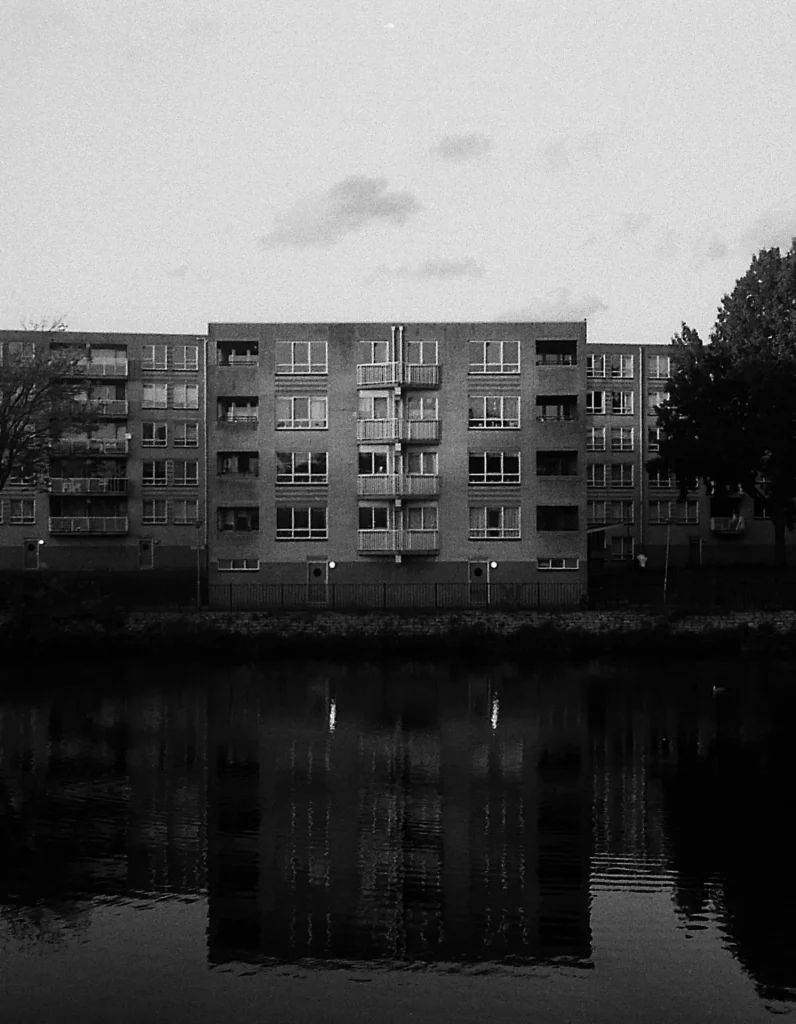
Whenever critics try to define photography, you only need to look at photographs to see any number that don’t fit their adjectives. Is there anything that you can say, that is true for any photograph? Perhaps this quote from John Berger comes close.
I’m thinking how this applies to my work. I walk around, and when I see light hit something in an interesting way, I try to find a composition. Although I express myself through my photos, the result almost takes second stage to the process.
Still, the quote rings true. It’s that moment where that light falls on that spot, where I decide to press the shutter release. It’s not as decisive as HCB would have it, but it’s there. But there are other decisions involved. The framing, the medium, the processing. I see a photo from a pinhole camera, and realize that a moment can last as long as you want it to. I see a double exposure by Germaine Krull, and realize a photograph might be multiple moments. I see a photo by Philip-Lorca diCorcia, remotely triggered by a sensor, and wonder who makes the decision. Photography is elusive.
Joris Koolen | Rotterdam, Netherlands
Instagram
Canon Demi EE17, Ilford Delta 100
Charlotte on the eyes of others
“The eyes of others our prisons; their thoughts our cages.”
—Virginia Woolf, An Unwritten Novel (1921)
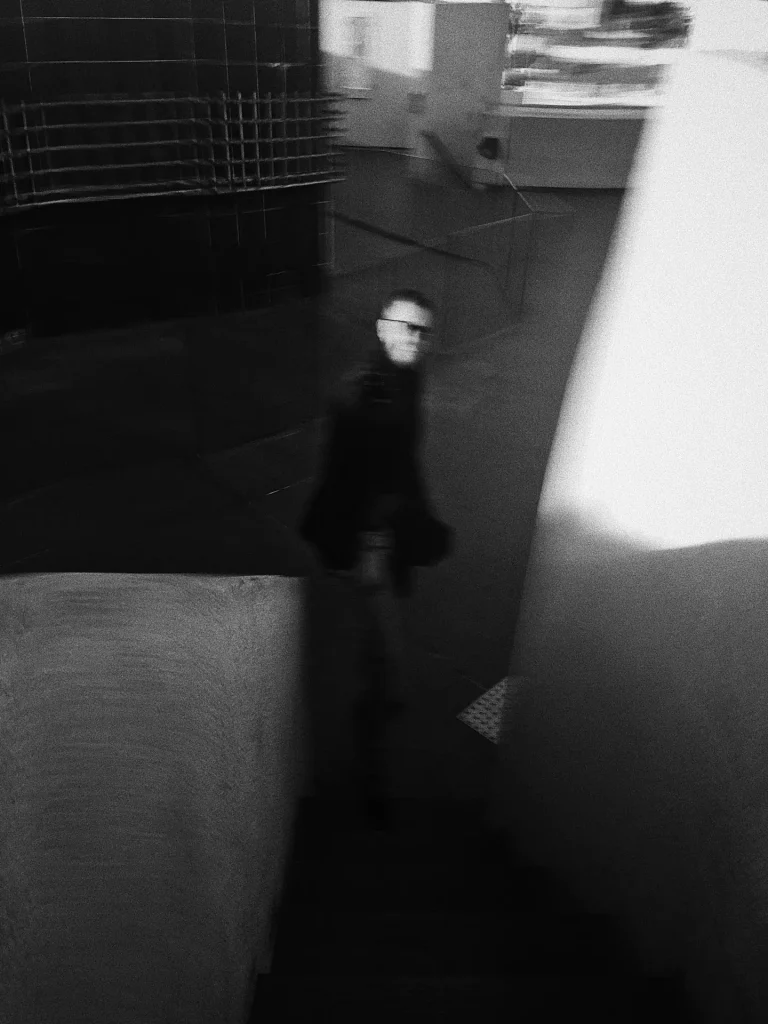
Photography has always caught my attention; I don’t really know when it all started. The photographer’s camera becomes her eyes, and when you want to capture a scene, you start looking at it totally differently, catching details that a lay person’s eyes wouldn’t see. You become more observant as you figure out the best way to capture a scene – the light, and the shooting position. In this sense, photography actually frees us from mechanical vision, and enhances our artistry.
As a lover of dystopian stories, I’ve realized that photography can help us create our own world, to express our creativity and originality. This picture feels oppressive and the atmosphere is heavy, although it was a very sunny and lovely day. The human figure in black was smiling frankly, but look again at the photo: it seems that he is taking us into his paranoia, into his strange and fuzzy world. This photograph reminds me that at any instant, we can stop being programmed individuals, and our minds can become twisted… maybe due to the camera’s eyes?
Charlotte Gauduchon | Barcelona, Spain
Instagram
iPhone 7
Sam on landscape and industry
“The landscape, as we know it, is a consequence of the industrial revolution in two important respects. The first and most evident is that technology has physically altered the land.”
—Lewis Baltz, Landscape: Theory (1980)
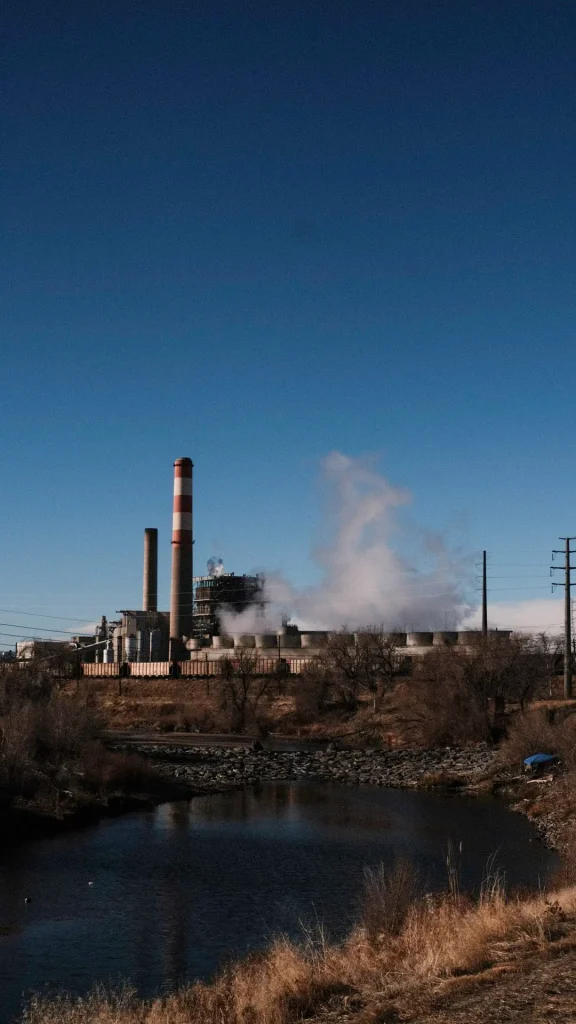
The smokestack, banded red and white, sits just beyond the river bend. There’s uneasy tension here, with the river and the refinery competing for space. I’m left thinking about what was here first and what we did here after we got on the scene. Re-greening efforts have left miles of walking paths and pedestrian bridges along the South Platte but the view almost always includes at least a corner of some industrial facility. This smokestack in particular, attached to the Cherokee Generating Station, dominates the area. It appears in photograph after photograph, many stories tall and entirely visible in this otherwise flat industrial corner of eastern Denver.
My daughter, secure in her stroller for these photowalks, won’t know this river or this city as anything other than what it is now, surrounded by highways and cement plants. For her, this isn’t change, or sprawl, or development. She can’t know what it was before. For her, and anyone else who arrived a bit too late, this is simply the landscape.
Sam Larson | Denver, CO, USA
Instagram | 35mmc
Fuji X-E3, Meike 35mm f/1.7
Josh on life alteration
“Photography takes an instant out of time, altering life by holding it still.”
—George P Elliott, On Dorothea Lange (1966)
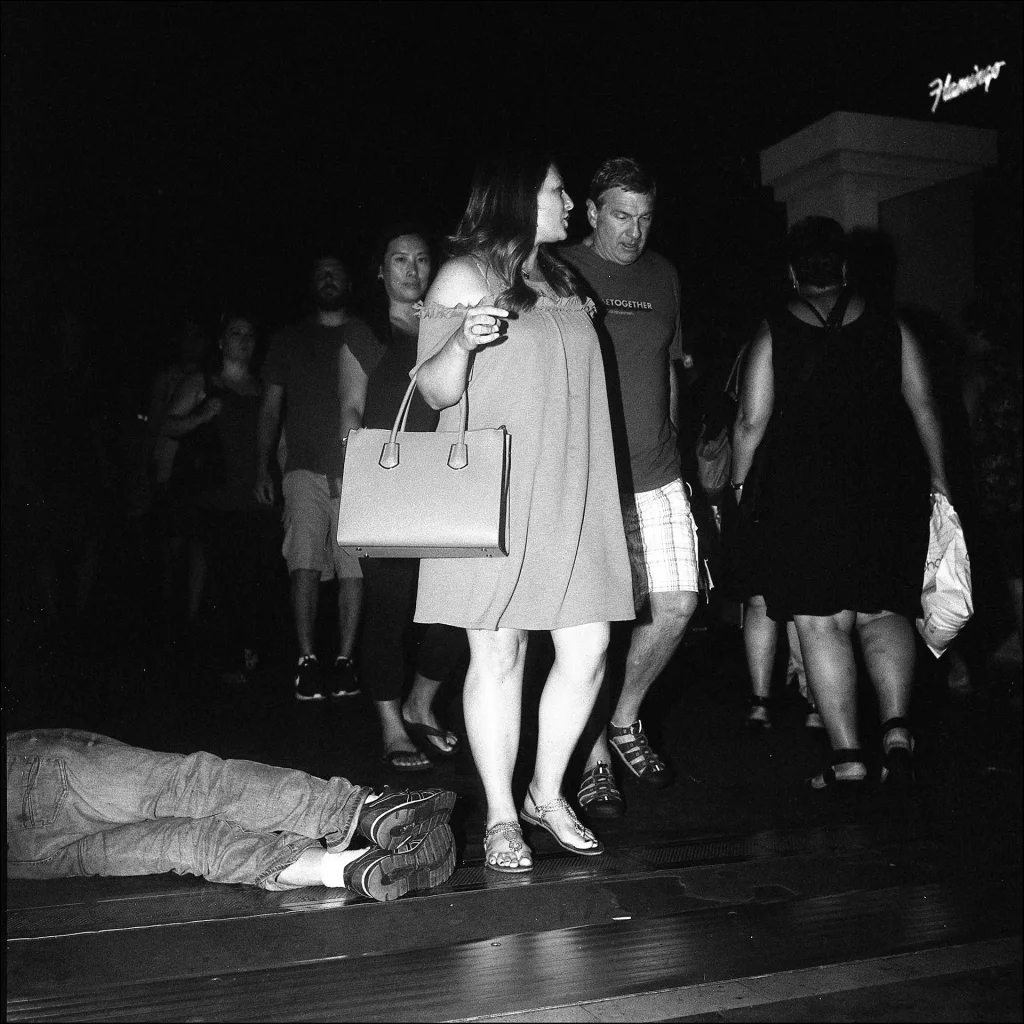
The first part of Elliott’s pithy quote seems obvious, even cliché; before we comprehend the exposure triangle we know that photography records an instant out of time. The second part of the quote though can hold great meaning: how is it that photography alters life by holding something still? Specifically, how is my life as the photographer altered each time I capture a moment and hold it still? Many moments pass that we will not remember, as with the streams of people passing the still man lying on the ground. This instant, however, I will not forget.
Joshua Wright | Providence, RI, USA
Instagram | Twitter
Rolleiflex 3.5E with Neewer Speedlite flash, Kodak Tri-X 400
Holly on learning and experimenting
“Take advantage of everything, be dominated by nothing except your own convictions. Do not lose sight of the essential importance of craft; every worthwhile human endeavour depends on the highest levels of concentration and mastery of basic tools.”
—Ansel Adams, The Camera (1980)
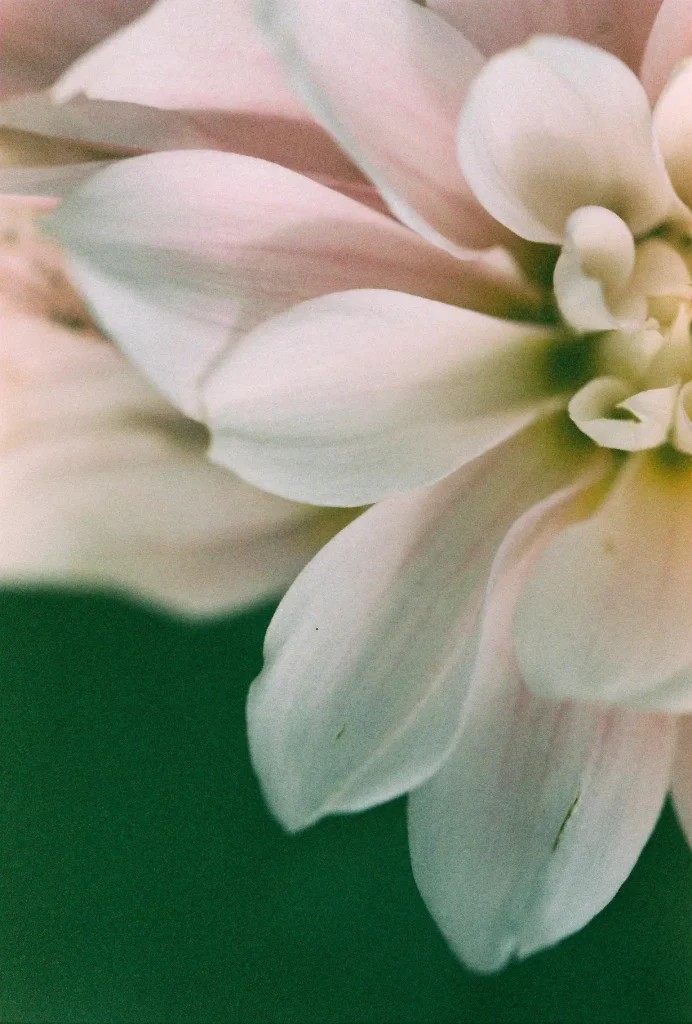
2020 has been a year of significant change for me, as it has for many. One good change is that it’s pushed me to pick up my cameras again, which may not otherwise have happened for many years. When I started in film photography, I was a collector of cameras, never using one or the other for more than a couple of rolls. This time around I was dedicated from the start to hone my photographic skill and this quote came from the introduction of the first book I read – it was so fitting.
However, I am naturally very experimental. The image that I have chosen represents both of these ideals. Here is a pre-visualised image, taken on a camera and lens combination that I have come to know and love, using knowledge I have acquired on lighting/metering and of a subject that I love (my mother’s garden). It is also experimental in its use of an unknown and expired film.
Holly Gilman | Norfolk, UK
Instagram | Blog | 35mmc
Canon EOS-1N, Sigma 105mm f/2.8 Macro, Woolworths ISO 400 expired film (2 stops overexposed)
Andrew on “spirit of place”
“Photographers often seek locations that evoke a certain atmosphere or spirit of place. They wish their images to transmit an ethereal ‘presence’ (despite the seemingly mechanistic and utilitarian nature of photography). … These photographers also have a tendency to make fine-quality prints that often become precious objects in their own right. This is not pretentiousness, but because it is also a part of the experience for the print to be an appreciated thing too. The print is an object to be cared about in a world where most photographs are not; it is an artifact to be contemplated and meditated upon.”
—Paul Hill, Approaching Photography (1982)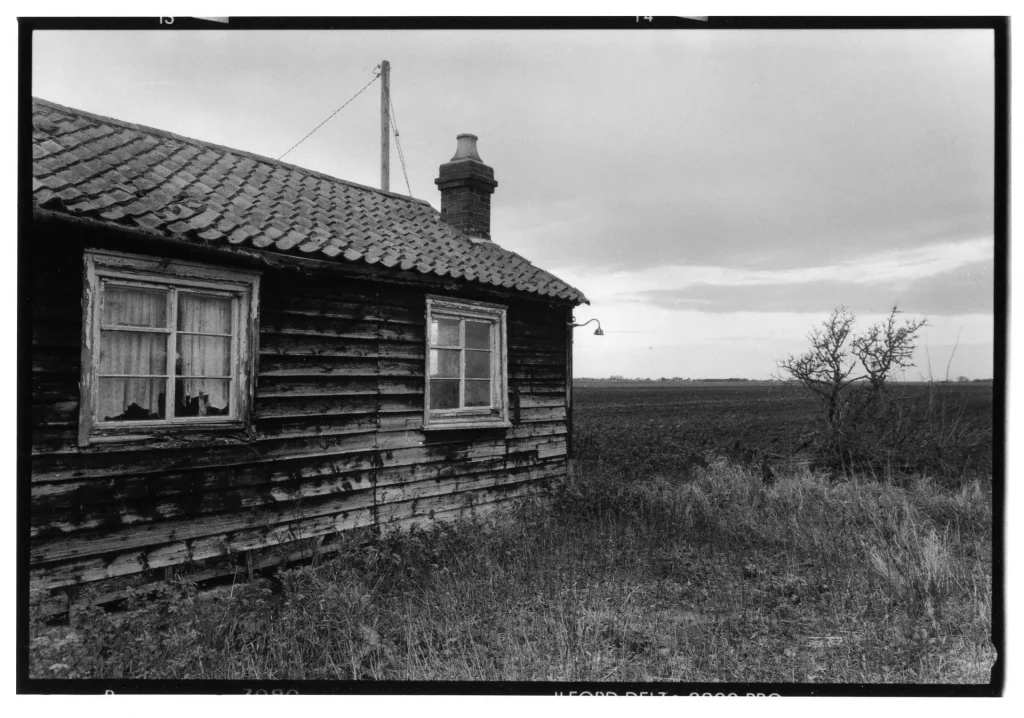 This passage goes to the heart of my photography. Living in the Cambridgeshire Fenlands for 20 years, the place casts a spell over me and it is the place I call home. Over this time I have photographed in the fens no more than 15 miles from home using a variety of cameras and film, and some of the most evocative have been made with instant film. But for this project I will share a gelatin print of a place I have returned to year after year.
This passage goes to the heart of my photography. Living in the Cambridgeshire Fenlands for 20 years, the place casts a spell over me and it is the place I call home. Over this time I have photographed in the fens no more than 15 miles from home using a variety of cameras and film, and some of the most evocative have been made with instant film. But for this project I will share a gelatin print of a place I have returned to year after year.
In the Middle Level by the side of the “40 ft Drain” sits this fen cottage. Over time it is collapsing but it still sits majestically gazing over the peat rich soil. I don’t know who last lived there but on entry you could, until recently, find furniture and personal effects that echo the lives of the people who lived there. Whether I will ever completely capture the “spirit of place” I don’t know, what I do know is it will be with a print made in the darkroom.
Andrew Bartram | Cambridgeshire, UK
Instagram | Flickr | Twitter | Blog
Fuji GW690 with yellow filter, Ilford Delta 3200 developed in Ilford ID-11, gelatin silver print on Ilford paper with Meopta Magnifax enlarger
Melissa on instant magic
“I loved his self-portraits and he took a lot of them. He regarded the Polaroid as the artist’s photo booth, and John had provided him with all the quarters he needed.”
—Patti Smith, Just Kids (2010)
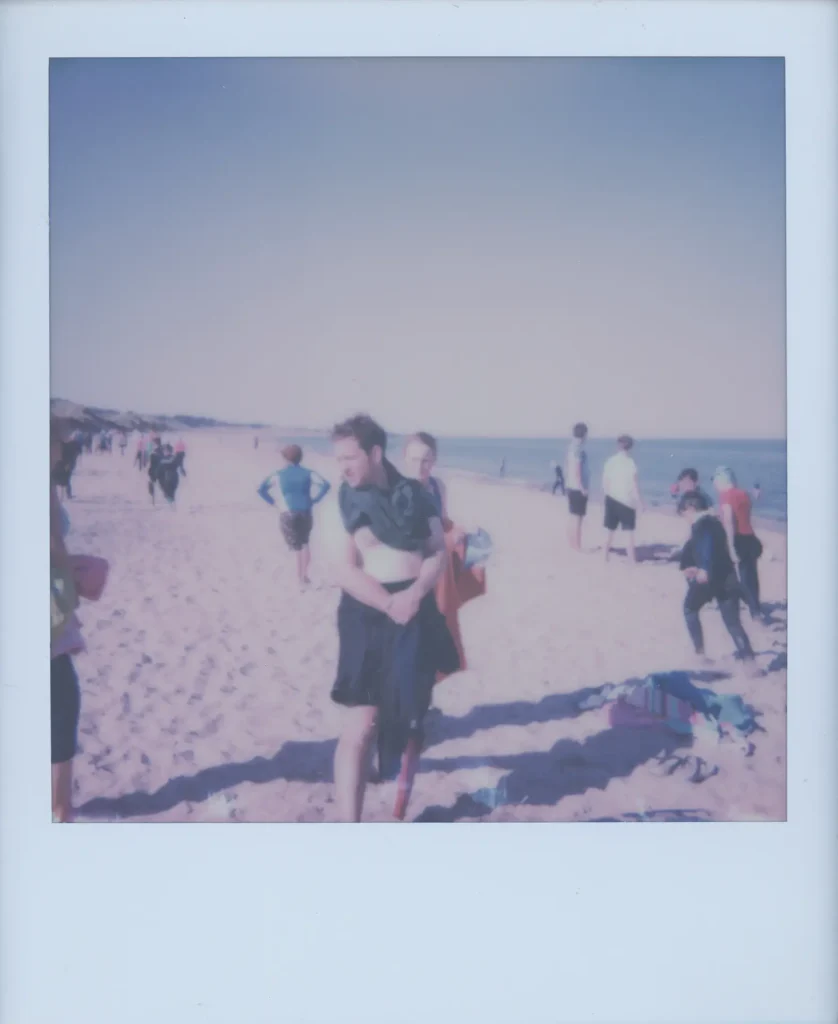
This quote is selected from Patti Smith’s memoir Just Kids where she reflects on her life and relationship with the artist Robert Mapplethorpe in the 1970s. I love the parallel she draws between the photo booth and instant photography. Both processes are very unpredictable and unique compared to other forms of image making, with their applications varying from capturing keepsake snapshots to documenting crime scenes and everything in between. The Polaroid is but a blank canvas, its potential for expression endless.
I first began dabbling in instant film in the summer of 2017 during a trip to Ireland to visit family. I completely lucked out with the weather on this occasion and had the perfect conditions to shoot with my Polaroid 1000 Land Camera (which I acquired for next to nothing on eBay) for the first time. The fifteen minutes that it took for the images to develop felt like an eternity. Each image felt so precious that I carefully placed them in an empty film packet in my rucksack so as not to disturb the alchemy between my fingertips.
Melissa Mitchell | Glasgow, Scotland
Website | Instagram
Polaroid 1000 Land Camera
Han on landscapes, before and after
“It seems that almost any photograph taken today has the potential to become a ‘before’ to a devastating ‘after’ yet to come.”
—Eyal and Ines Weizman, Before and After: Documenting the Architecture of Disaster (2014)
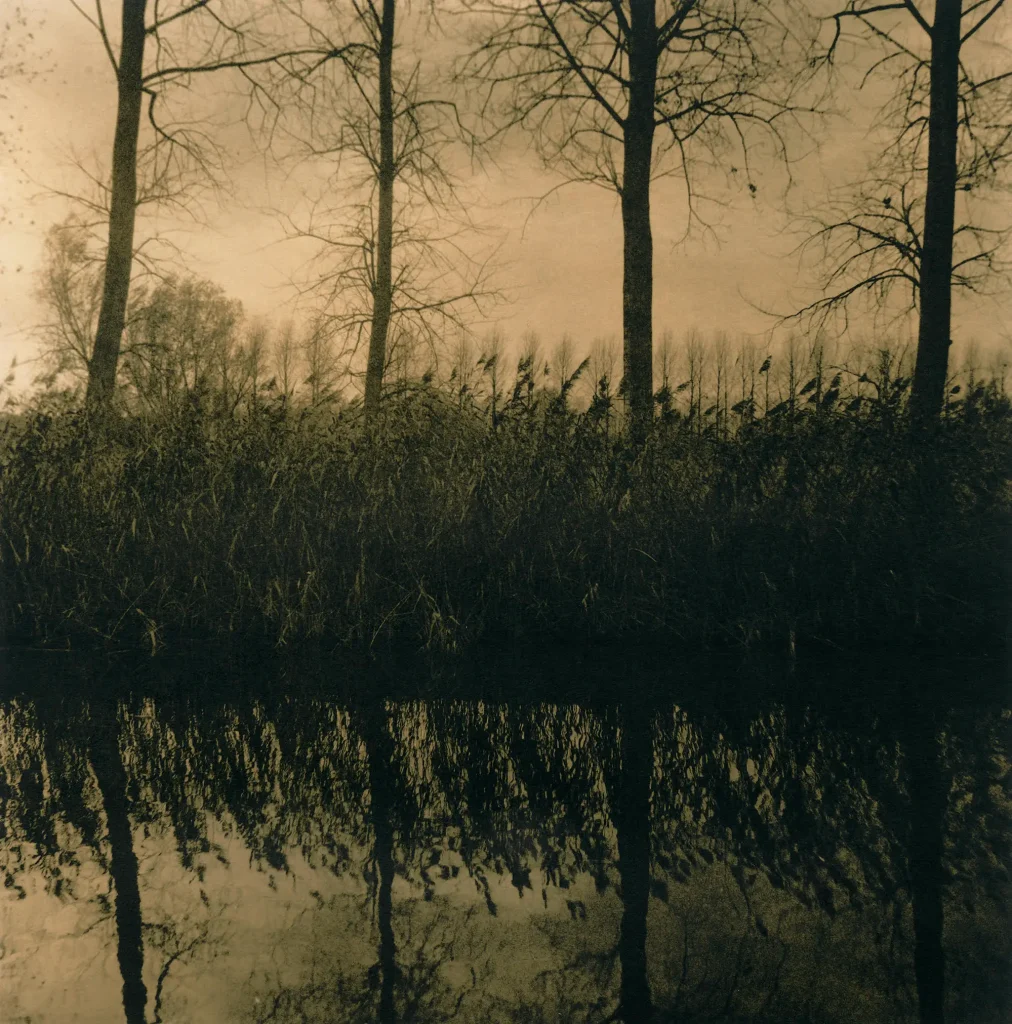
As a social and documentary photographer, I was never really into landscape photography until about a year ago, when I stumbled upon and rediscovered the work of Robert Adams. It struck me how some photographers were able to question the world with their landscapes. I had been using (or trying to use) Ansel Adams’ ‘zone system’ in my photography, and I am always inspired by the technical quality of his work. Yet without his efforts and those of other like-minded photographers, Yosemite National Park and probably many other natural parks would not exist as we know them today.
When discussing the first photographs in our photography class, a friend told me that my images made her think of the line from Before and After – the one I quoted above. I went through my photographs again and did some research on the places where I made them, and I realised that indeed, all of those landscapes will probably not be the same in the coming decades. Some images are made with a construction site behind me. Others are of landscapes below sea-level, and as the sea could rise 8 meters or more in coming decades due to global warming, more than 25% of the land in Belgium could be flooded.
Han Soete | Antwerp, Belgium
Website | Instagram
Rolleiflex 3.5, Ilford HP5, silver gelatine lith print on Foma MG Classic paper
Postscript
A quick final note from me (Sroyon). If you liked this post, or if you’re generally interested in photography books and theory, feel free to join our Facebook group and contribute to the discussion (of which there is plenty). Holly and I also plan to organise more such projects through the group, so you can take part in those too. And lastly, if there’s a quote which influenced how you think about or practice your photography, please let us know in the comments. Thanks for reading!
Share this post:









Comments
Omer on Photography Theory and Practice – A Collaborative Project
Comment posted: 28/12/2020
“ The thing that's important to know is that you never know. You're always sort of feeling your way.”
Both by Diane Arbus.
Comment posted: 28/12/2020
Comment posted: 28/12/2020
Michael J on Photography Theory and Practice – A Collaborative Project
Comment posted: 28/12/2020
Comment posted: 28/12/2020
David Hume on Photography Theory and Practice – A Collaborative Project
Comment posted: 28/12/2020
Comment posted: 28/12/2020
Comment posted: 28/12/2020
Gil Aegerter on Photography Theory and Practice – A Collaborative Project
Comment posted: 29/12/2020
Comment posted: 29/12/2020
AdamKendall on Photography Theory and Practice – A Collaborative Project
Comment posted: 30/12/2020
Comment posted: 30/12/2020
ºColor-Solinarº on Photography Theory and Practice – A Collaborative Project
Comment posted: 01/01/2021
This made my day - thank you very much for sharing :-)
Comment posted: 01/01/2021